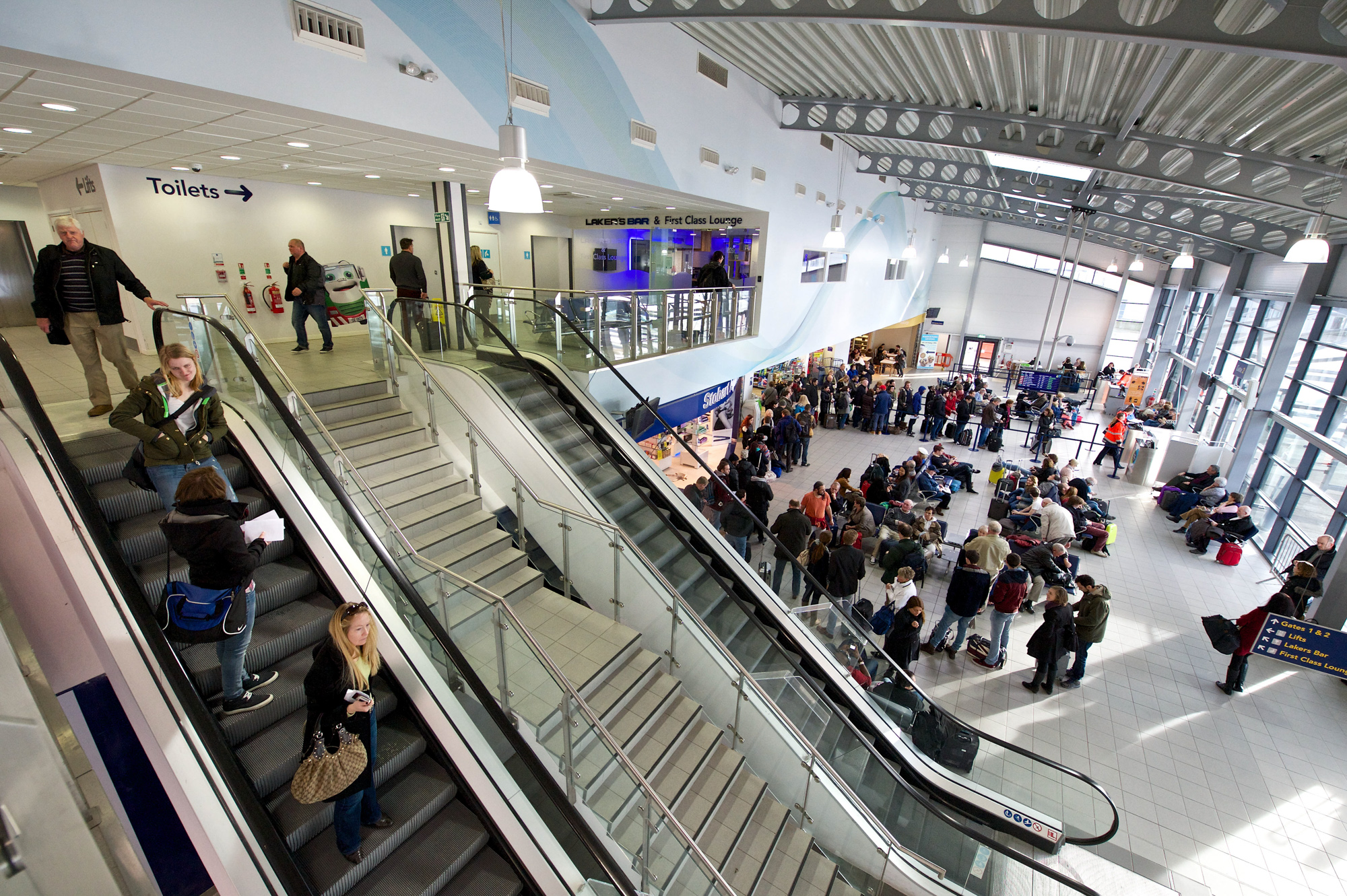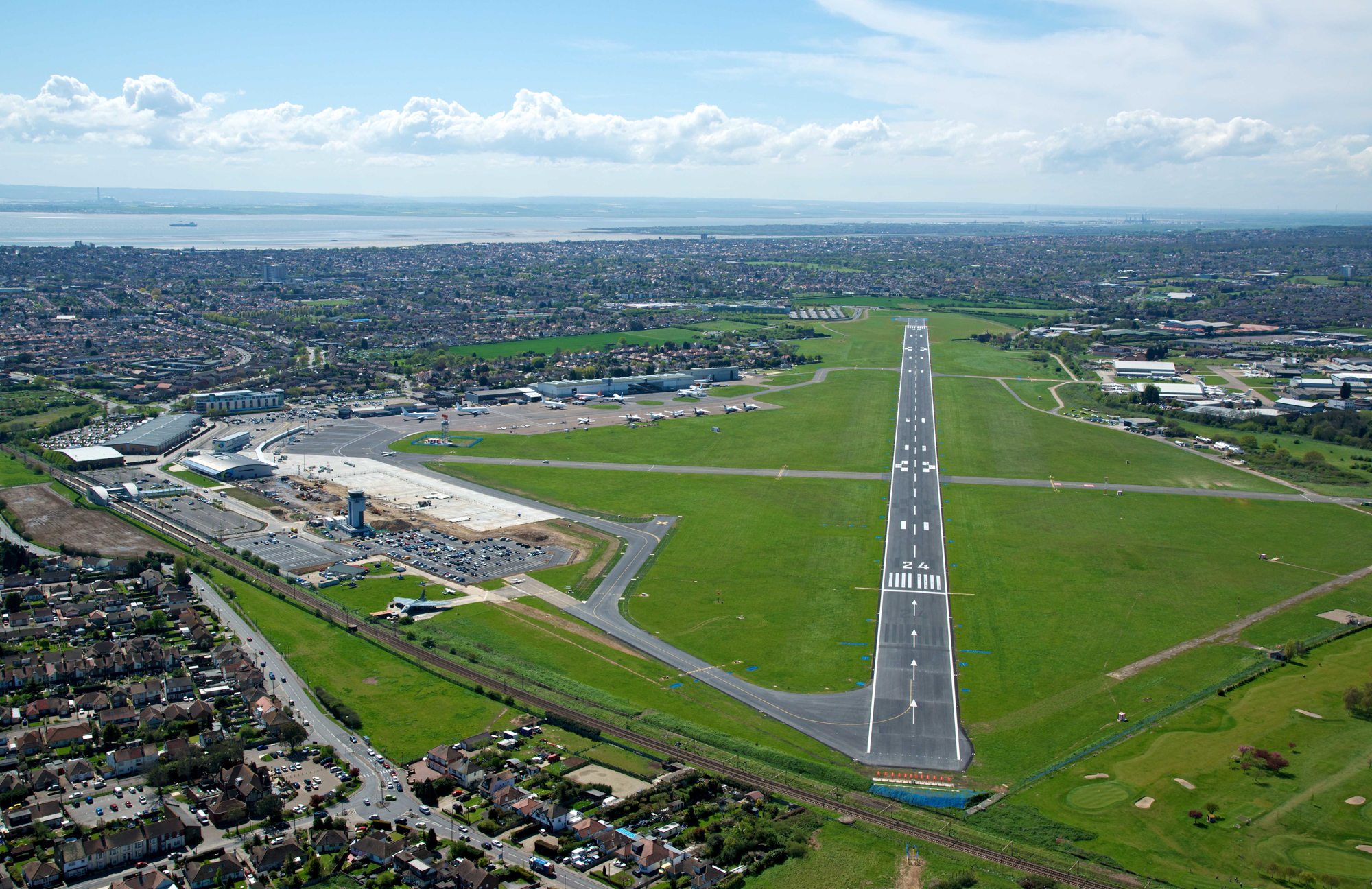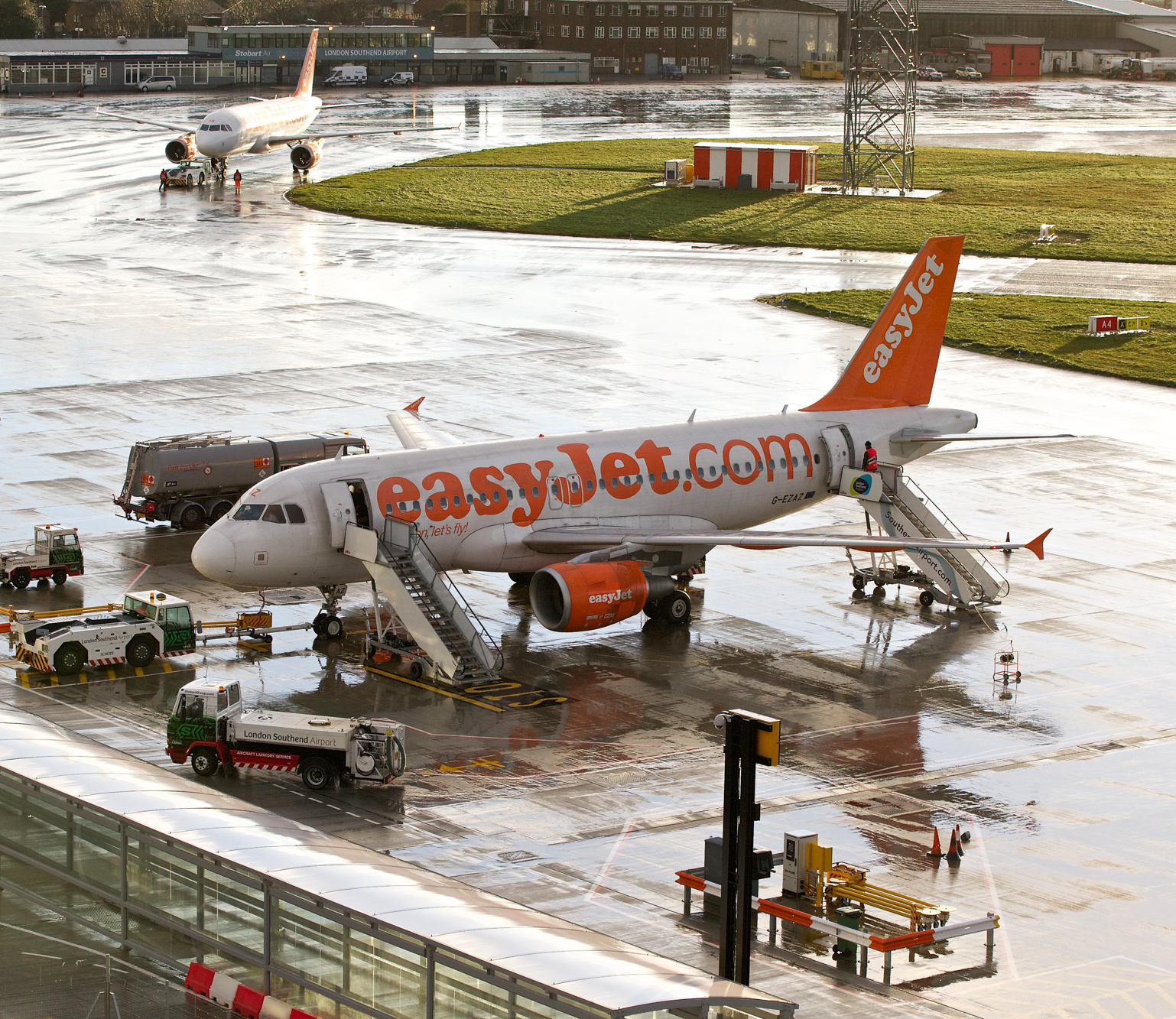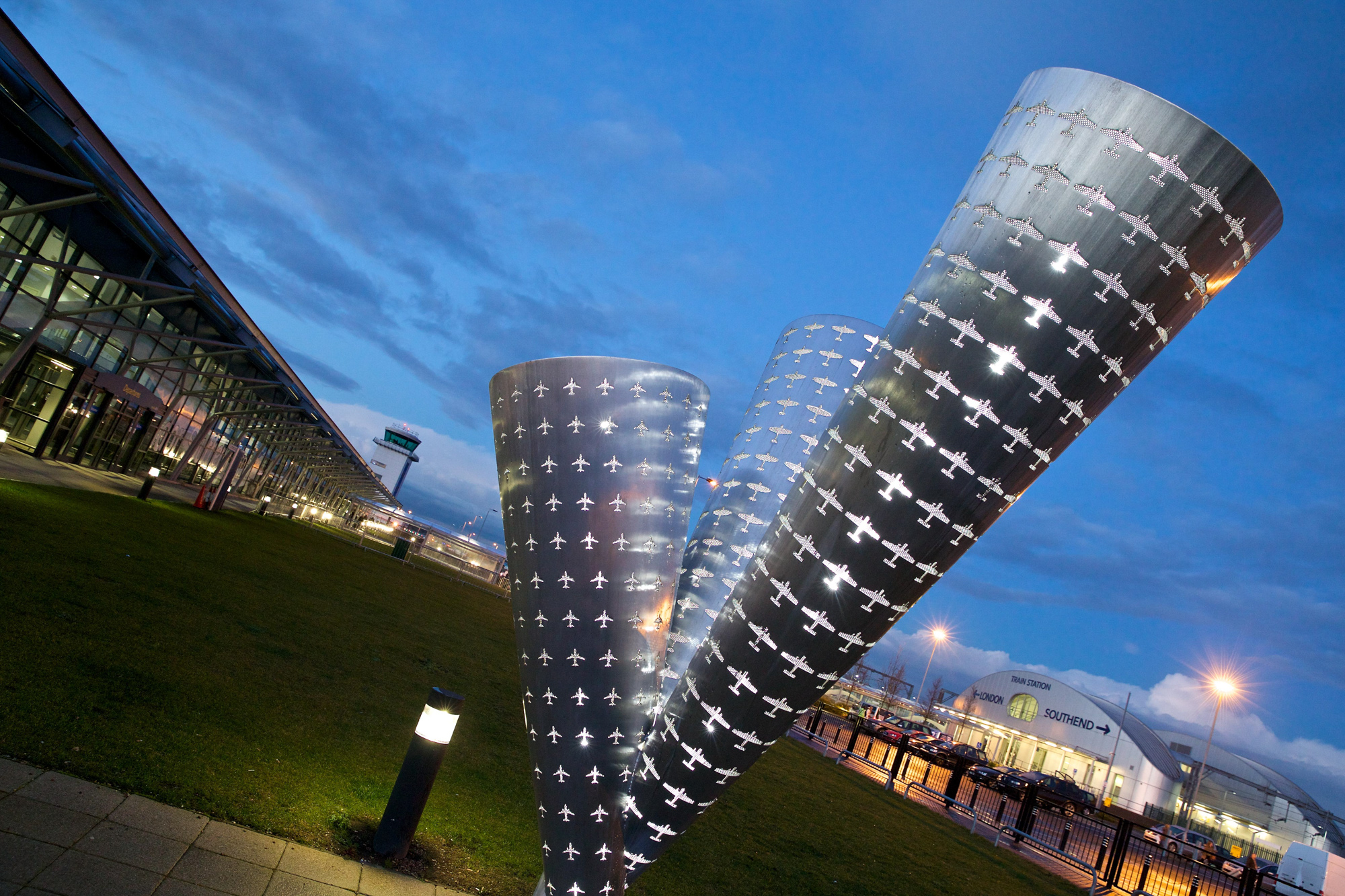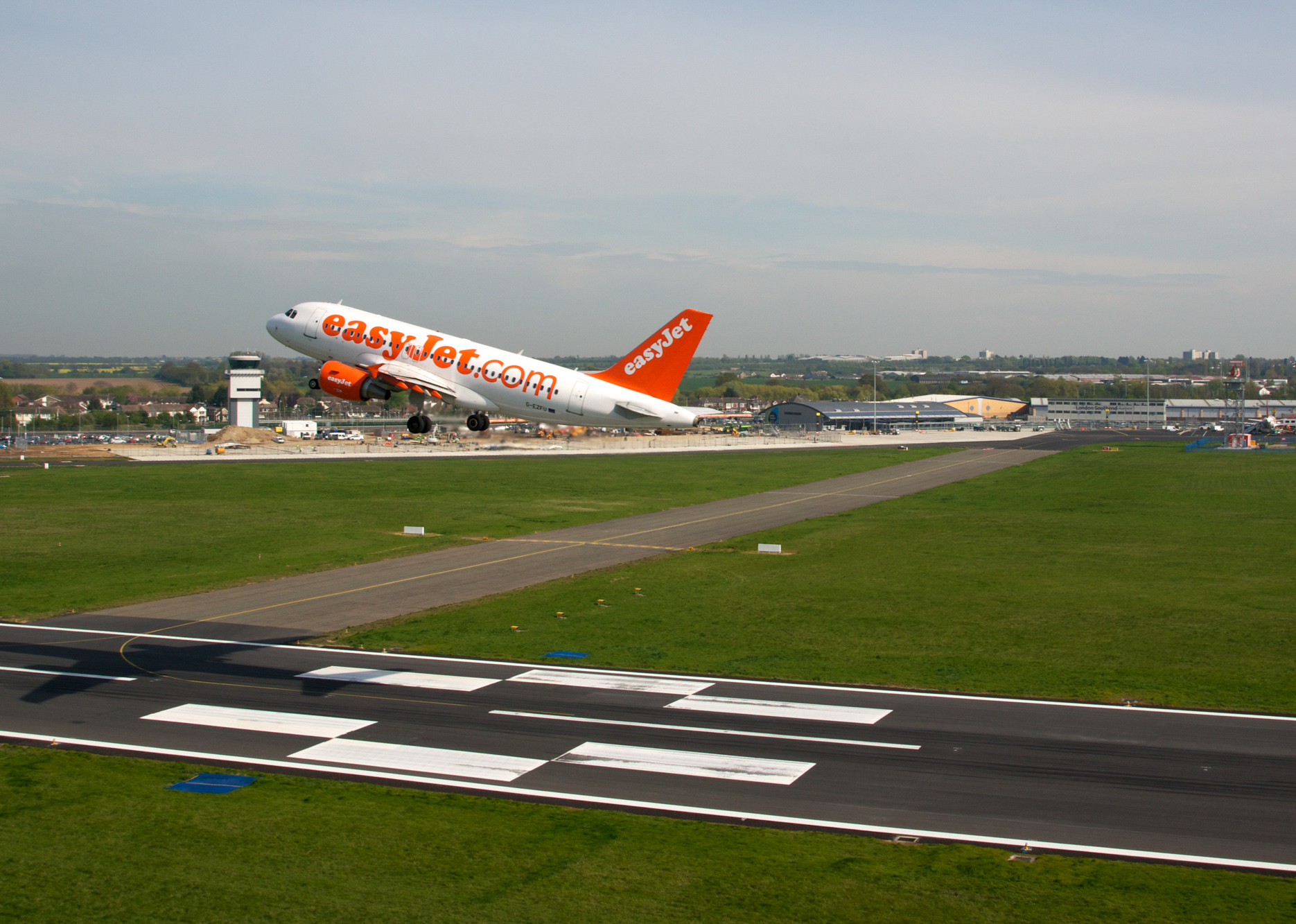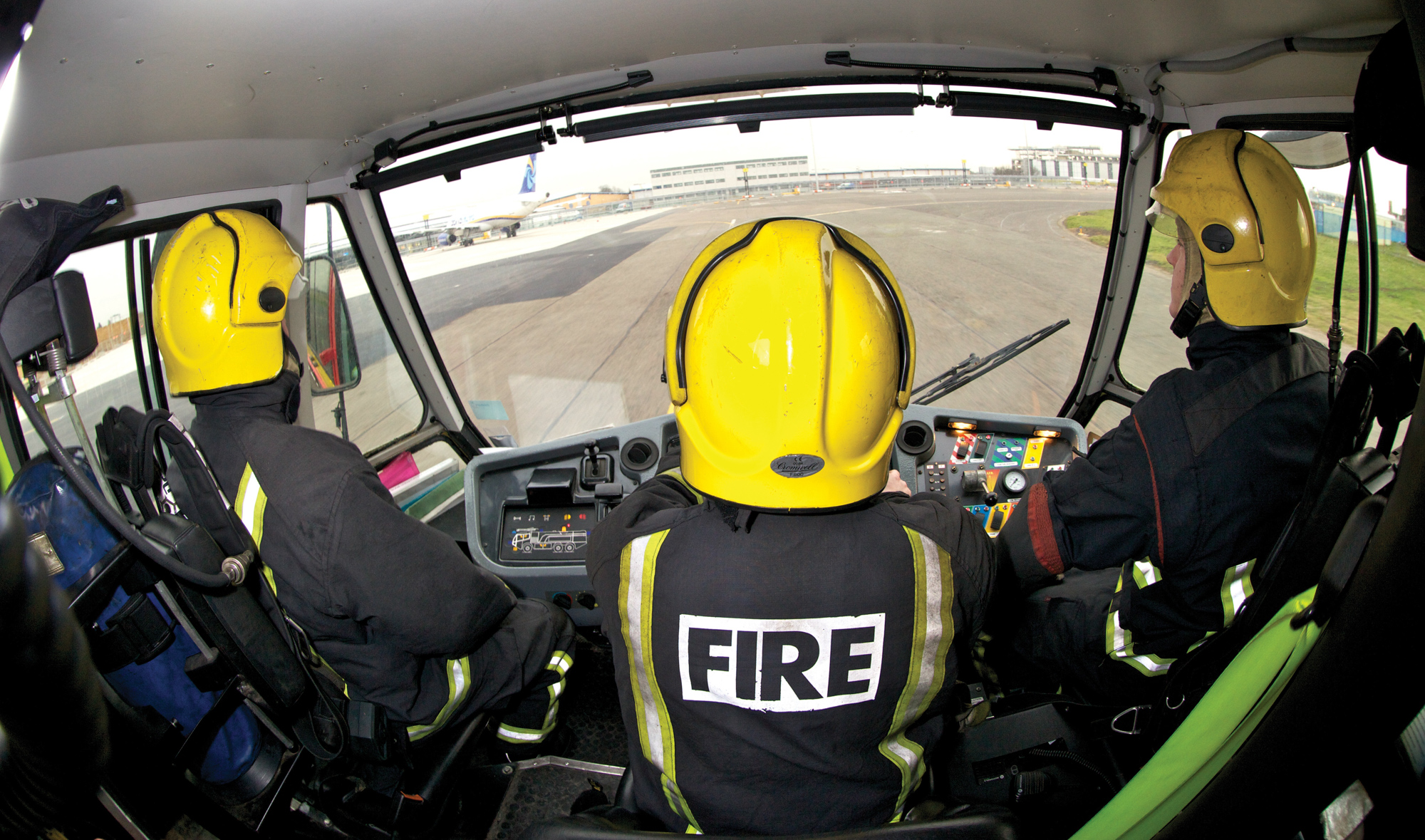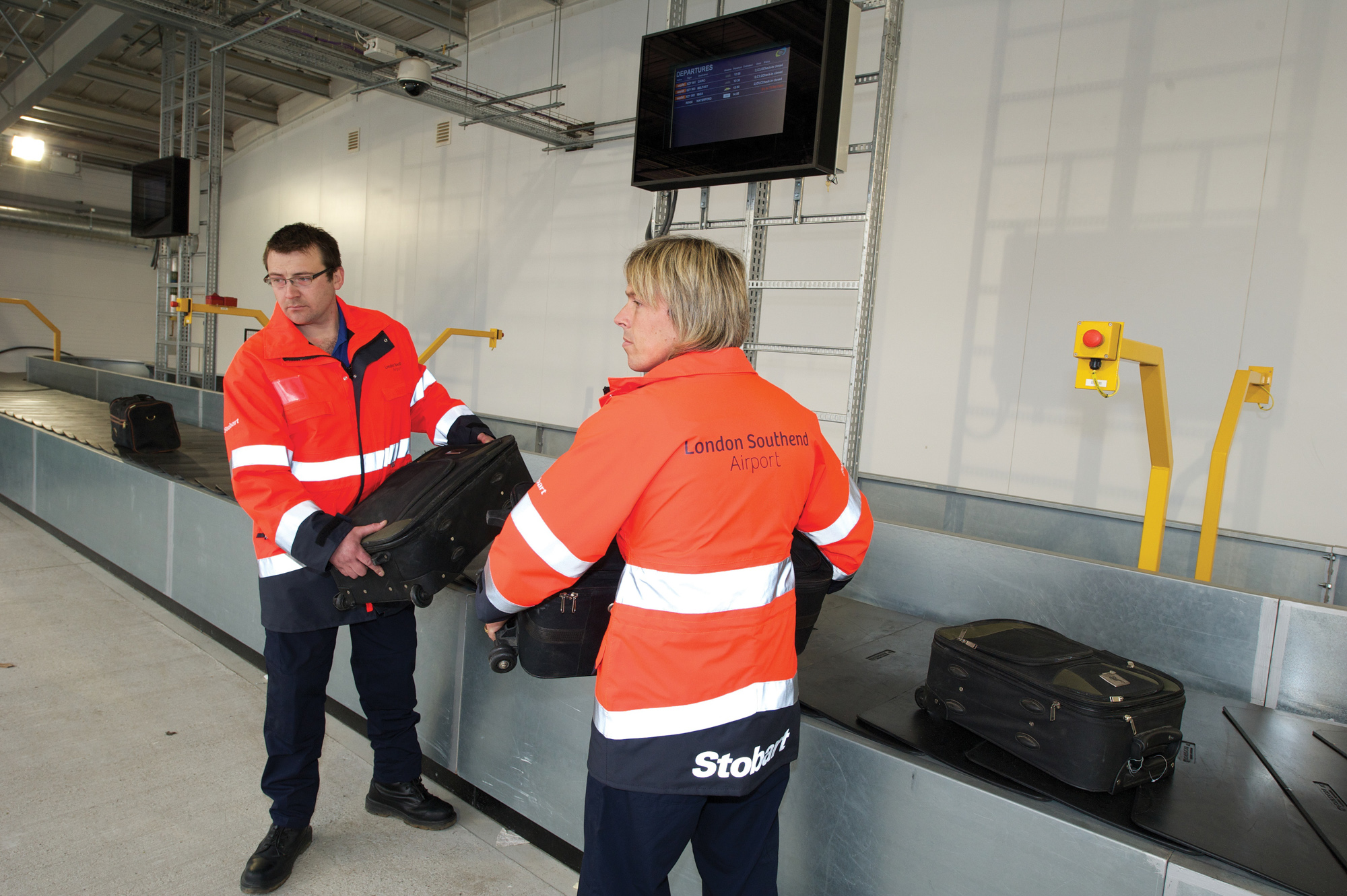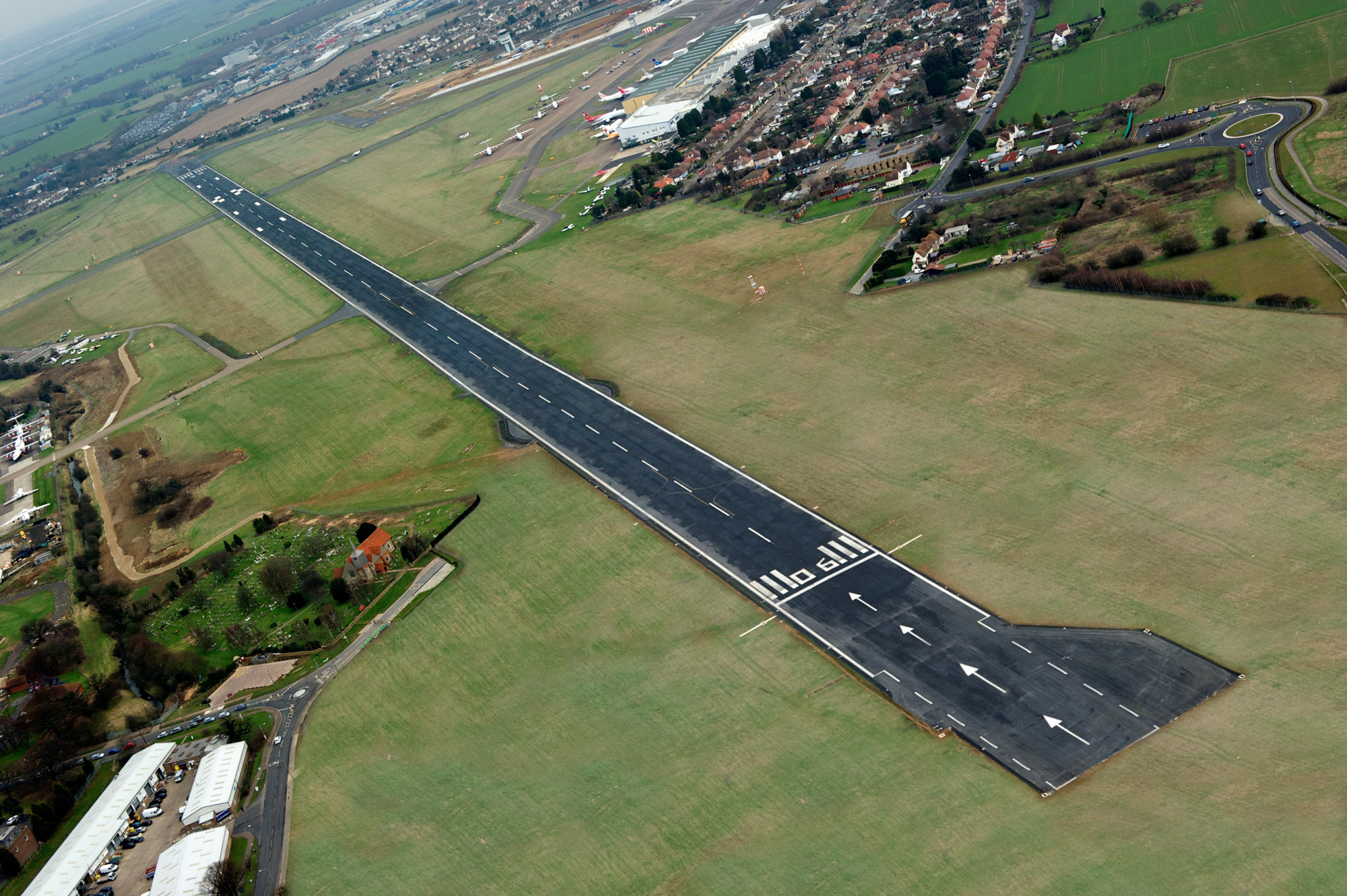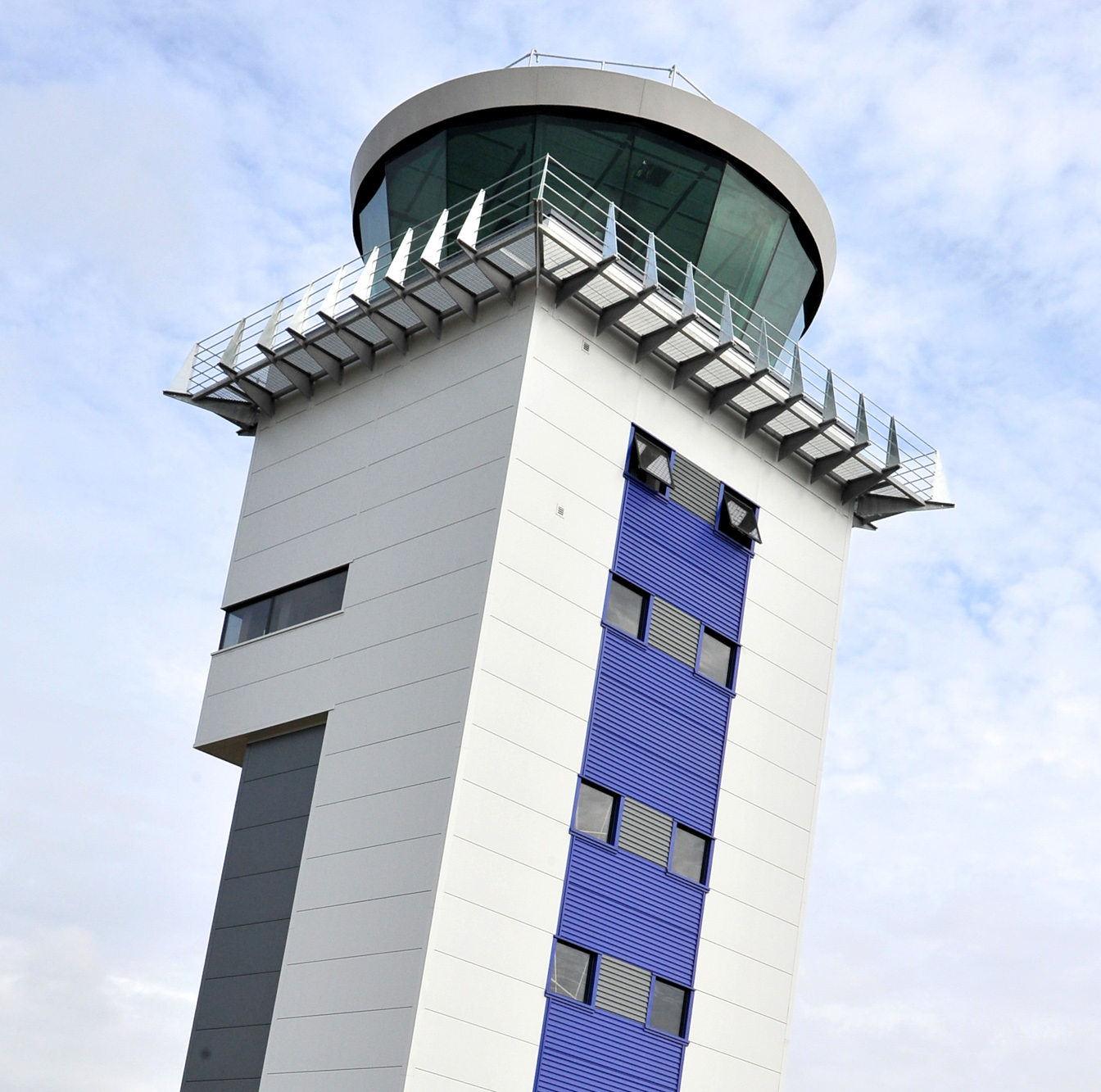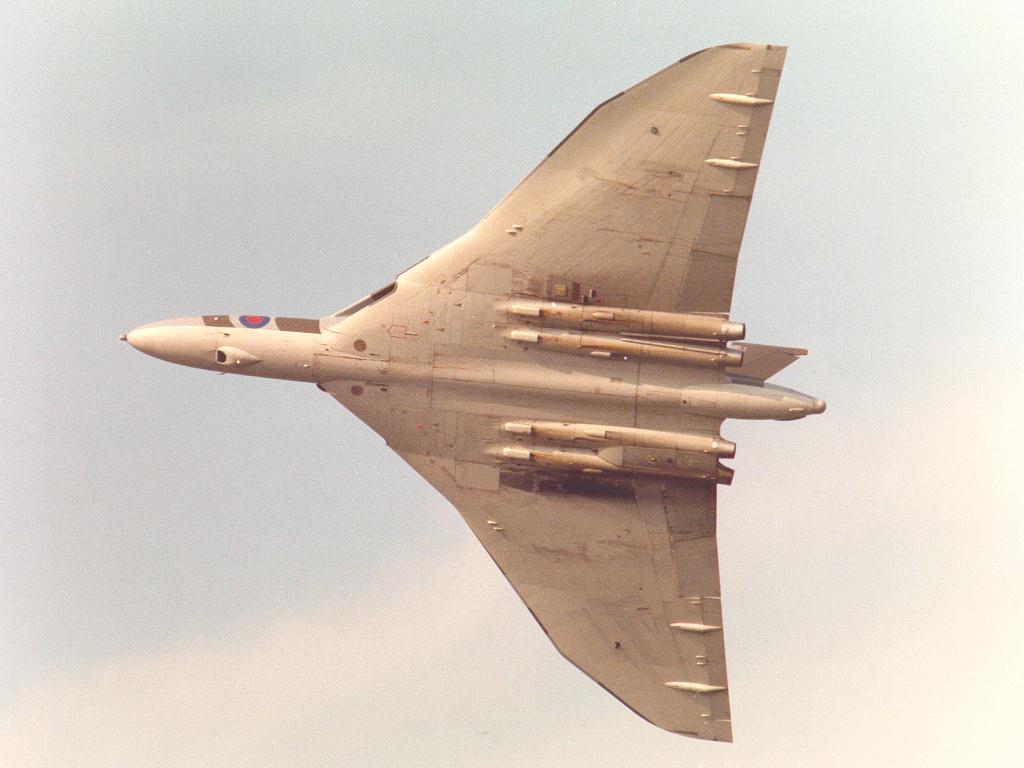Courtesy & copyright of Southend Airport
Today, the airport is an expanding hub however the airport has quite a history. In the 1960’s it was the third busiest airport in the UK and remained so until the 1970’s when Stansted Airport took over the title. Located between Rochford and Southend, it has a six thousand foot runway (1.2 miles) and can take the weight of a Boeing 757.
In 1914 the airfield was established by the Royal Flying Corps during the First World War and was the largest flying ground in Essex, also with the greatest number of units. It was taken over by the Royal Naval Air Service in May 1915 and remained so until 1916 when it became RFC Rochford. It was designed as a night fighter station and many sorties were flown against Zeppelin airship raiders. It was closed in 1920 and was reverted to farmland for a while however it was officially opened on September 18th 1935 by Philip Sassoon the Under-Secretary of State for Air. On the west boundary there used to be an aviation museum.
In 1939 the Air Ministry requisitioned the airfoil and was formally known at RAF Rochford in the World War II (However it was known as RAF Southend between October 1940 and August 1944) – read about the airfield’s wartime defences here. It because a satellite base and a base for fighter aircraft including Supermarine Spitfires and Hawker Hurricanes as well as Bristol Blenheim (bomber). There were 50 pillboxes built to protect the airport from paratroop landings (military parachutists) with just under half remaining today. The underground defence control room near to the current Southend Flying Club still remains today. Roughly 20 or so pillboxes remain in the surrounding area. In Canewdon, 2 miles north-east of the airport, a World War II Chain Home radar station was built. Chain Home, or CH for short, was the codename for the ring of costal early warning radar stations which were built before and during the Second World War by the British. A 110m tower at Canewdon was relocated to the Marconi works at Great Baddlow during the 1950’s.
In 1946, after the Second World War, the airfield was decommissioned from military use and returned to public use in 1947. The name ‘Southend Municipal Airport’ name also returned. The airport is often remembered for the car ferry flights. A Carvair ATL-98 was a product of Aviation Traders and subsequently there was one at the airport. Annual passenger numbers peaked in 1967 at 692,000. The airport continued to handle more traffic than Stansted until well into the 1970’s. It took 45 years to beat the previous annual passenger traffic recording, ending in February 2013 with 721,661 passengers. In May 1972 an aircraft museum was officially opened however, it closed in May the following year and the majority of their entire exhibits was sold in 1983. The Museum had been open quite a long time earlier than its official opening on 26th May 1972; many of the exhibited aircraft were placed there as early as May 1967.
As well as this new record, the airport also holds a UK record for having the first airliner flight flown by an all female crew on October 31st 1979. Since 1986, the airport has been home to the Avro Vulcan XL426, one of just 3 in working condition. It is owned by the Vulcan Restoration Trust, a registered charity, which keeps the systems and engines of it serviceable, allowing it to be occasionally taxied although it is not airworthy. Photo from Thunder-and-lightnings.co.uk.
Southend is also known for the annual airshow, which is currently at threat. The very first show was on May 26th 1986 and was the first of 27 successive annual shows with the last being in 2012. Many of the aircraft featured were held temporary at the airport whilst they were not flying.
1990 to Present
In 1993, the airport had been making losses for a number of years and the decision was made by the council to sell the airport. It was purchased and re-branded to the current ‘London Southend Airport’, dropping the term ‘Municipal’. The largest ever aircraft to land was a Lockheed L-1011 Tristar which landed at the airport in 1998 to be scrapped. A debate was started in 2001 over the possible relocation of the Grade 1 listed church next to the runway with the council rejecting the plans in 2003. The airport was put up for sale again in January 2008 and was bought by the current owners Stobart Group for £21 million. EasyJet signed a ten-year contract with Stobart Group in June 2011 and the following year, around 70 flights a week were taking place. The destinations also increased including places such as Alicante and Malaga. A new terminal was built and opened in February 2012, being opened officially by the Secretary of State for Transport. That year also saw more flights, destinations and an increase in the runway length.

